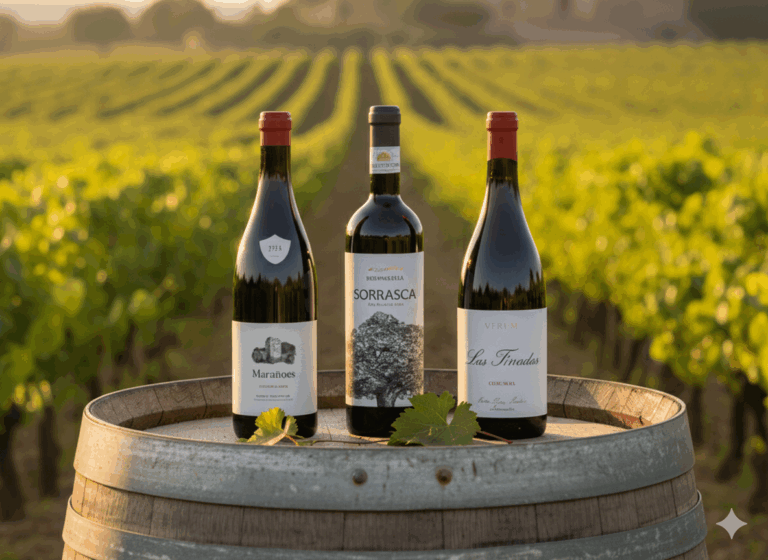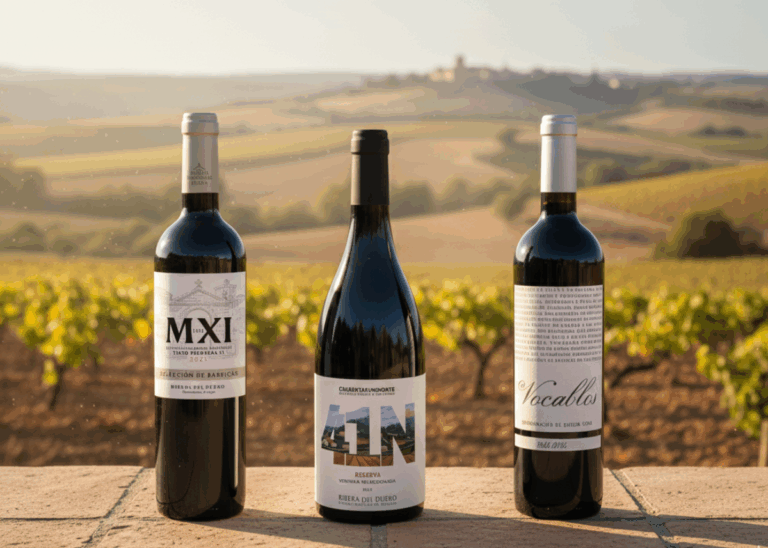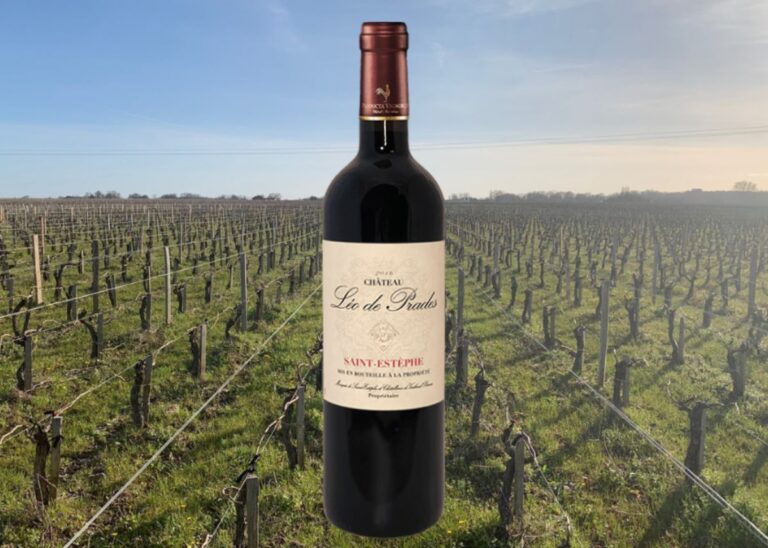[et_pb_section fb_built=”1″ _builder_version=”4.16″ _module_preset=”default” global_colors_info=”{}”][et_pb_row _builder_version=”4.16″ _module_preset=”default” global_colors_info=”{}”][et_pb_column type=”4_4″ _builder_version=”4.16″ _module_preset=”default” global_colors_info=”{}”][et_pb_video _builder_version=”4.23.1″ _module_preset=”default” width=”75%” width_tablet=”85%” width_phone=”100%” width_last_edited=”on|phone” module_alignment=”center” global_colors_info=”{}” src=”https://youtu.be/MckdGi46j0s” hover_enabled=”0″ sticky_enabled=”0″][/et_pb_video][et_pb_text _builder_version=”4.23.1″ _module_preset=”default” hover_enabled=”0″ global_colors_info=”{}” sticky_enabled=”0″]
Transcript:
Hello, bonjour, and welcome to your new Bonner Private Wines video. Today I want to continue with you our exploration of various champagne houses and brands and our journey for tasting some of the finest sparkling wines in the whole world to eventually finding perhaps which brand, which house is best to buy. A few weeks ago, we talked about probably the two most famous popular champagne houses, Moet & Chandon, and Veuve Clicquot.
And we found out that they are quite different in terms of branding and also in terms of products. Today I want to explore another staple when it comes to popular champagnes, the Ruinart house. Ruinart. The T is normally silent in French, so we now we talk a bit about what makes Ruinart so unique and then we’ll get tasting to find out if it’s worth spending a little bit more money to buy a bottle of Ruinart as opposed to buying a Moët & Chandon. Let’s go. When we compared Veuve with Moët & Chandon we discussed the history and the style of the Moët & Chandon house and the branding, and I don’t want to repeat here too much, so if you want to learn more, I refer you to that video if you missed it. But let’s see. In short, and to summarize that the Moët & Chandon is the largest of all champagne houses and one of the oldest as well, founded in 1743.
So a very long tradition of crafting fine bubbles, but more importantly, an extremely successful journey at marketing and branding champagne over the past 300 years or so and selling tens of millions of bottles annually of finely crafted champagne. By comparison, Ruinart seems to be a lot smaller, reportedly they still make about 2 million bottles per vintage, which is quite a bit, but just not as massive an operation as Moët.
Both houses and brands still both belong to the LVMH luxury group Louis Vuitton Moet Hennessy, headed by one of the richest man on Earth, Bernard Arnault. But clearly looking at Ruinart marketing material and website Ruinart is positioned as a slightly more premium brand. It is a little more expensive as well. A bottle averaging at around $100 in the US, although you can find bottles around 80 or $90 while Moët & Chandon sells at around 60 to $80.
But still they are both in the same ballpark in terms of pricing. Ruinart has a slightly quite a nicer packaging as well, especially with these very distinctive bottle cover that is wrapped in this sort of classy paper shirt. It’s a nice premium feel. Ruinart was founded in 1729 by another Benedictine monk named Dom Ruinart. So we’re talking here about the oldest of all champagne house.
Everyone knows about Dom Perignon, but around the same period in the second half of the 17th century also lived Dom Ruinart an actual other Benedictine monk who was also a pioneer of producing sparkling wine and who left many writings on how to make good champagne at a time when sparkling wine was still a novelty. His nephew, Nicolas Louis, now founded the house some 20 years after his death, but definitely following his heritage. Renowned is particularly famous for its blanc de blancs champagne.
So they are 100% chardonnay. Those are their signature wines, you could say. But here we need to compare apples to apples. So we have this standard non-vintage blend called the Brut. We are simply or are by now, the entry level, offering a blend of all the different champagne grapes. Ruinart is also famous for their rosé as they reportedly were the first in champagne to ship rosé to foreign countries.
So like Veuve and Moet, Ruinart is definitely a pioneering champagne house. So certainly the packaging here feels more premium and it sounds lovely with the branding and perhaps the wine is also a little more premium as well when we compare Ruinart to Moët & Chandon. But, enough background, let’s get tasting those beautiful bottles. And we’re going to be starting first with Moet Chandon, which is kind of our reference point, such consistent a Champagne.
That’s one of its qualities. We had already tasted Moet Chandon a few weeks ago when I compared it to this Kiko. But we need to taste it again to have our reference point and find out what it actually tastes like. It has this beautiful, light, vibrant lemon yellow color always was very shiny. Yes, it’s a little bit foamy when I taste in those glasses, but those bigger glasses really help tasting the champagne a lot better.
It also helps eliminate some of the bubbles so it’s not too frothy in your mouth. So it definitely helps for a better champagne tasting experience to have those bigger glasses. Let’s smell.
Oh yeah we find all the signature elements of a good champagne. It’s lemony, it’s got this roasted hazelnut, a little bit of brioche. It’s delicately buttery, slightly very, very soft mild spices like nutmeg. It’s got a little bit of a pear, a little bit of apricot, but it’s mostly limey, lemony and also extremely, extremely fresh. Let’s stay focused more. It is always very, very delightful. And the palate is very vibrant. Loads of explosion of lime flavor. It’s more lime than lemon, it’s really crisp. And we found it when we tasted well.
This is a quite a sharp and very not very ripe fruit characters. We definitely more on the lime than on the lemon and more on the lime than on the apricot or the really ripe fruits, depending on the maturation level of the grapes and the thin while of champagne. You’re going to find that the fruit characteristics are more or less ripe.
We’re definitely on the less ripe and the zingy, the fruity, the explosive lime characters in Moët & Chandon. And yes, on the background is a bit of characters from the lees, the brioche, the butter, the hazelnut, its mid-body, not a huge body there, but it’s rounded enough by about 18 months on its lees. So it’s got all the richness that we like and enjoy from a good champagne.
And you couldn’t have a champagne without having those roundness round characteristics. It also helps with the finesse of the bubbles, and that’s what we love in champagne. So Moët is always very, very consistent, always really fresh, always very fresh and quite explosive, but not an enormous amount of complexity at this point. Let’s by comparison, I’m absolutely very, very curious and quite excited to taste right now.
I haven’t tasted every now in quite a while. it’s got some beautiful foam as well. I can’t waste, I can’t waste. I can’t wait to taste this… by Ruinart. So it’s a similar blend of Ruinart is about 40% Pinot Noir, 40% Chardonnay, and only 20% Pinot Meunier, while Moët has a bit more Pinot Meunier.
I think it’s around 30 to 40% pinot meunier. Meunier gives a more approachable feel to most champagnes, while Pinot Noir and Chardonnay are, generally speaking, considered the two most noble, bold grape varieties, let’s say. So Moët Chandon seems to favor approachability rather than tension and maybe a finesse, but we will find out. At least that’s what the blend tells us to start with.
Also, Ruinart spends about three years aging on the lees inside the bottle, which is about twice as long as Moët & Chandon we had the same characteristics with Veuve Cliquot, Moët & Chandon is only aged for a year and a half as opposed to three years of maturation on its lees for Dom Ruinart. Now let’s see if that translates into what the wine tastes like and what it smells like.
Straight away a little more power coming out of the glass. I’m getting more lemon marmalade, so definitely a slightly riper lemon characteristics here, but also a lot of minerality to the background. It smells a little bit fruity, which I didn’t get for my attention though That might be the influence of more premium chardonnays that tend to be grown on really chalky soil soils in champagne like in the Cote des Blanc,
So both more mineral, flinty, smells a little bit like warm stones, but also ripe fruit characteristics. So you have this strange combination of more minerality and more fruitiness as well, and definitely more intensity on the aromas. But let’s get tasting. Wow. Yeah, certainly an extremely, extremely different expression of champagne here. First of all, the body is much richer.
It fills up your palate a lot more with the still zingy acidity in the background. But it’s so creamy in texture. The flavors are a lot sweeter, a lot softer, a lot smoother as well to appreciate. I’m getting a ton of sweet almond flavors. Yes, Marzipan is really the flavor that is dominant, but still very limey. I found that Veuve Cliquot seemed a bit riper,
it had more apricot, more peach and ripe chardonnay characteristics, here we still get a lot of lime. So again, those chalky soil Chardonnay seems to have a really strong influence on the style of Ruinart. Very lime is still in the crisp lime rather than the more cooked lemon. But there are underlying notes of apricot and a very, very delicate peach, a little bit of fresh fig as well.
So a really, really broad spectrum of different fruit characteristics. And I think that’s really what makes it super interesting because you have so many different layers of different fruit to ripeness in every now. Yeah, I’m absolutely loving the balance and the sweetness. You get the depth of Dom Ruinart.. So I scored Moët & Chandon last time an 89 out of 100 points.
I’m going to stick to that score because that’s what it’s worth. I’m going to go with a 92 out of 100 points for Ruinart. So that’s going to place it a little bit above Veuve Cliquot because for me, it has more balance overall, more harmony, more premium packaging. The wine is definitely a little more premium as well, quite a bit more premium as well.
And it feels and it tastes more satisfying. So you’re definitely getting your money, your extra money worth of wine as well. It’s not just the branding and you getting a bottle that is a little bit more special as well. It’s not as mass produced as Moët & Chandon, and not as mass produced as Veuve either. That was it for me today.
So I hope you enjoy your holidays, enjoy your glass of champagne, and I will see you soon in the beautiful and wonderful world of wine. Cheers.
[/et_pb_text][/et_pb_column][/et_pb_row][/et_pb_section]



